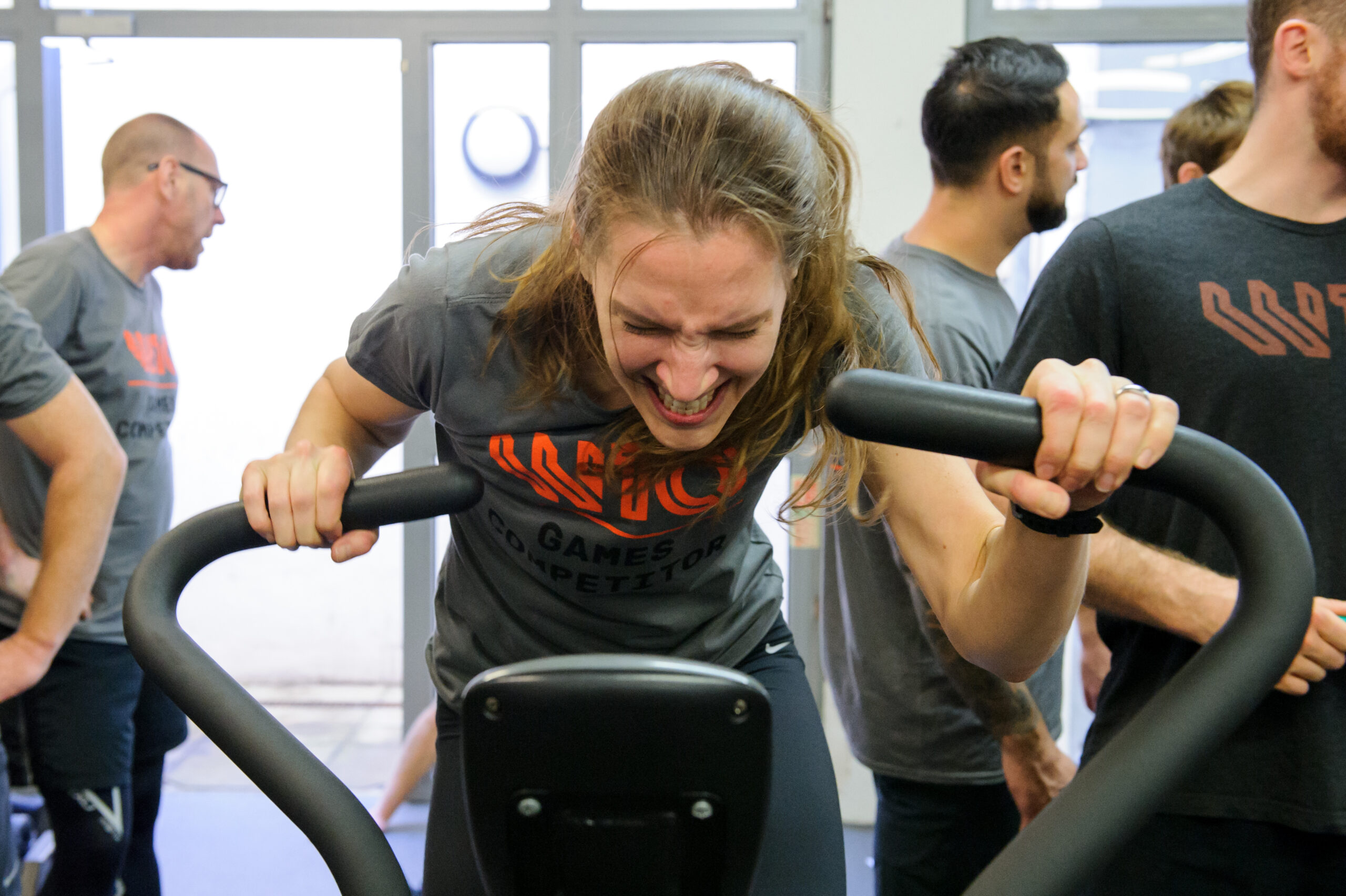
Categories
Six Most Common Causes Of Gym Injuries
Unless you subscribe to the fantasyland of diet pills and six pack shortcuts, then consistency, enjoyment and effectiveness are going to be the three pillars your exercise programme needs for it to be successful.
Injury however, is a sure fire way to screw up all three of these in one foul swoop.
It doesn’t have to be the “snap city” kind, either. The real enemy is that troublesome shoulder injury that reminds you of its presence with each rep, or that hot spot in your elbow that just won’t go away.
6 most common causes of injury in gyms and how you can avoid them:
1. Training Maximally All The Time
“If some is good, then more must be better, right?”
This seems to be logical, however it is not always true when it comes to exercise. Training volume needs to be managed according to your lifestyle. If you have an incredibly stressful job, sleep less than 6 hours a night and booze 4 times a week, then smashing yourself in the gym 5 times a week is not a good idea.
The vast majority of us simply cannot recover from lots of high intensity exercise.
This isn’t us saying you don’t need to work hard in the gym, but more a case of you need to be aware of this and pick your slots.
Think of it as a bank account. Stress, drinking, lack of sleep, exercising and poor nutrition are cash withdrawals. Down time, sleep, good nutrition and hydration are cash deposits. If you get yourself in debt then you are at a much higher risk of injury. We strongly encourage daily movement of some kind, but you do not have to scrape yourself off the floor after every session.
After all, isn’t training supposed to make life easier? Feeling energised after a session is a good thing sometimes!
“You can only train as hard as you recover”- A smart person
2. Progressing Too Quickly
Progression is absolutely key, however, it’s very common for people to look at progression as either weight increased, reps lifted or time taken to complete something. These are all markers of progress, but not the only ones.
Unfortunately training isn’t linear to the point that you can add 2kg to your squat every single week or shave 5 seconds off your 5k time. If training were this linear then we would have people breaking the 5k world record and deadlifting 4x bodyweight based on 2 years of training.
Look for progression in improved technique, increasing the difficulty of an exercise or by using an RPE scale (rate of perceived exertion), which is essentially a scale of 1-10. 1 being very easy and 10 being impossible.
If the weight you lifted/ distance you ran/ split you held on the rower is lower on that scale than it was last week then that is a sign of progression… a PB may be worth chasing next session.
3. Poor Exercise Selection
You need to realise that some people are simply not built for certain exercises. If you have very long femurs (thigh bones) you are going to find it extremely hard to get into a good squat position. Squats are a fantastic exercise, but would you be better off using a single leg exercise to train the musculature trained during a squat? Or reducing the range that you squat to? Yes is the answer…
Another good example would be if you have poor thoracic (upper back) and hip mobility you will find it very hard to get into a safe deadlift position with the bar on the floor. Unless you want to compete in powerlifting then there is no need to deadlift from the floor. Raising the bar slightly will allow you to get into a much better position and make the exercise much safer (whilst you work on your mobility).
Your programme doesn’t have to look like a Chinese menu. Pick the most suitable exercises for yourself and get savagely good at them.
4. Not Warming Up Properly
Warming up does not mean the old across the shoulder stretch and the heel to bum quad stretch, this isn’t the 1980’s. Your warm up needs to include mobility for the ankle, hip, t-spine and shoulder. After that we need to activate notoriously lazy musculature such as the abs and glutes and finally wake up the central nervous system (CNS) so it is aware that it is soon going to have some work to do.
Failing to do so (which most people unfortunately do) results in injury.
4. Neglecting Key Elements
Single leg training, horizontal rowing exercises and direct core training seem to be neglected for the more “sexy” exercises like squats, bench press, chin ups etc. Single leg work, horizontal rowing and core training will help improve posture, reduce imbalances and make you far more resilient.
Every single session should include some form of all 3.
Combining Technical Lifts With Fatigue
Our final tip would be to think twice before attempting technical lifts, such as Olympic lifts, squats, deadlifts etc. with conditioning. Attempting such lifts under fatigue is risky for the strongest and most technically proficient gym goers and to be honest is un-necessary.
Get the technical strength work out of the way first with plenty of rest, then move onto your conditioning with exercises that require far less technical competency and are self limiting such as battling ropes, ball slams, goblet/ bodyweight squats, bodyweight lunges, bike sprints etc.
Avoid these 6 common pitfalls within your training programme and you’re far more likely to stay injury free.
If you have any questions on the above or would like some advice on how we could help you with your fitness goal, don’t hesitate, visit one of our London gyms and try one of our personal fitness training programmes.
Related Articles
- 7 Simple Ways to Stay Injury Free
- Training Through Injury
- Exercises To Help You Get A Well Conditioned Core
- How To Train Around Lower Back Pain
- Modifications for Training Around Knee Pain

